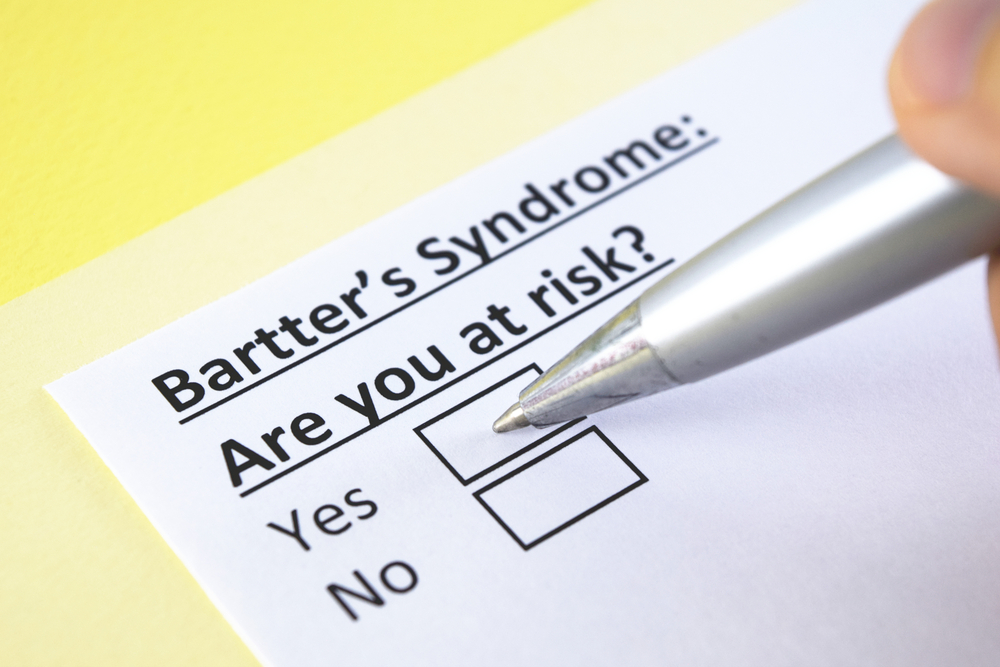DIAGNOSIS
The diagnosis of Bartter syndrome relies on the symptoms, clinical evaluation, detailed patient history, and various specialized tests. Even though molecular genetic testing can produce a diagnosis, it is only available at specialized labs and is not accessible to some regions.
TREATMENT
Treatment for Bartter syndrome depends on the patients’ specific symptoms. This will also determine which team of specialists, general internists, pediatricians, nephrologists, and other healthcare providers will plan and execute a particular treatment.
There is no specific cure for this disease. However, Bartter’s syndrome becomes more manageable and controllable as patients become older. Nevertheless, lifelong medications and supplements are considered the treatment to reduce further complications. Also, the treatment mainly focuses on correcting the salt imbalances using diuretics and NSAIDs or nonsteroidal anti-inflammatories.
Indomethacin has already been beneficial in patients with Bartter syndromes, but it can have serious adverse effects, particularly in premature babies, particularly in the gastrointestinal tract. It’s best to take it with a stomach acid blocker. Newer NSAIDs, such as celecoxib (also known as “COX2 inhibitors”), have a decreased risk of these intestinal effects and have been proven to help with Bartter syndrome. However, there is less evidence regarding their administration.


